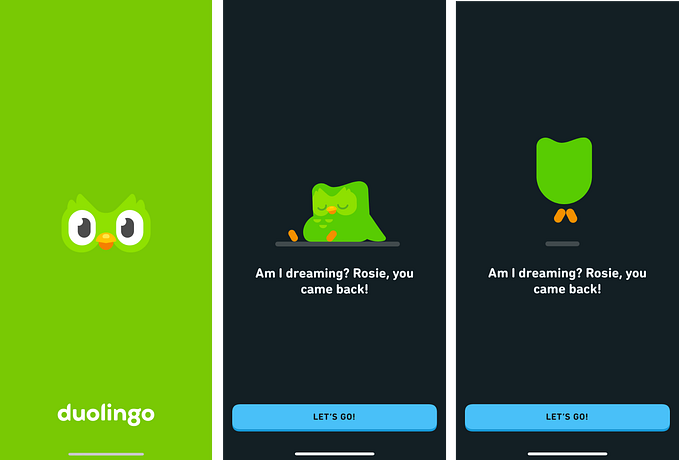Member-only story
How learning about value can start your journey from UX to Product Design
How do you design for a user that doesn’t use your product?

“What if the person who uses the product isn’t buying it?” That question introduced me to Business-to-Business (B2B) UX and started my journey from UX to Product Design.
Understanding this question can be a great introduction to product-market fit and business strategy, which Product Designers need to know.
To explain why, let’s discuss the difference between B2B and B2C design.
B2B vs B2C design
A lot of what you learn in design school is focused on B2C Design.
Your target user, whether new or existing, tends to contribute to your revenue directly. They’ll impulse buy a $10 lunch or a $15 T-shirt without much communication.
Businesses that might sign $250,000 annual contracts don’t work like that. Here’s what often happens:
- Someone is browsing the internet for a solution to their problem.
- They stumble upon your site and see that you might offer a solution
- They try a free trial, play with a demo, and try to get some value out of it
- They then escalate to another person (i.e. their boss) by scheduling a demo if they think it’s worth buying.
In other words, the end of this user journey involves bringing in another user, who might not use the product much, to purchase it.
This is often pointed out as the difference between user and buyer personas, and understanding how to design for this new user group is essential to collaborating effectively with businesses.
Why? Because it’s about defining the value of the product.
Value, or how UX fits into a business context
Value is an essential word for understanding buyers and Product Design. While you can never 100% understand what motivates users to buy a product, value is a good predictor often tied directly to UX.
By definition, value is the tangible benefit a user experiences when they successfully achieve goals using…






